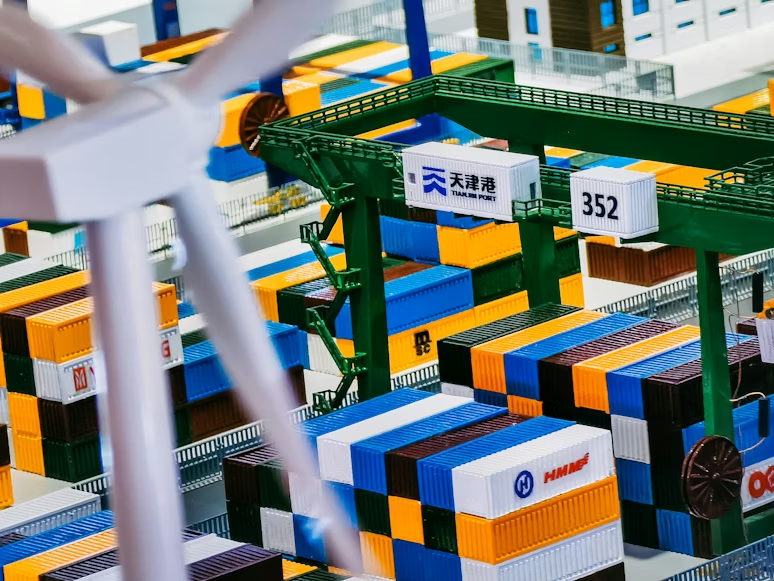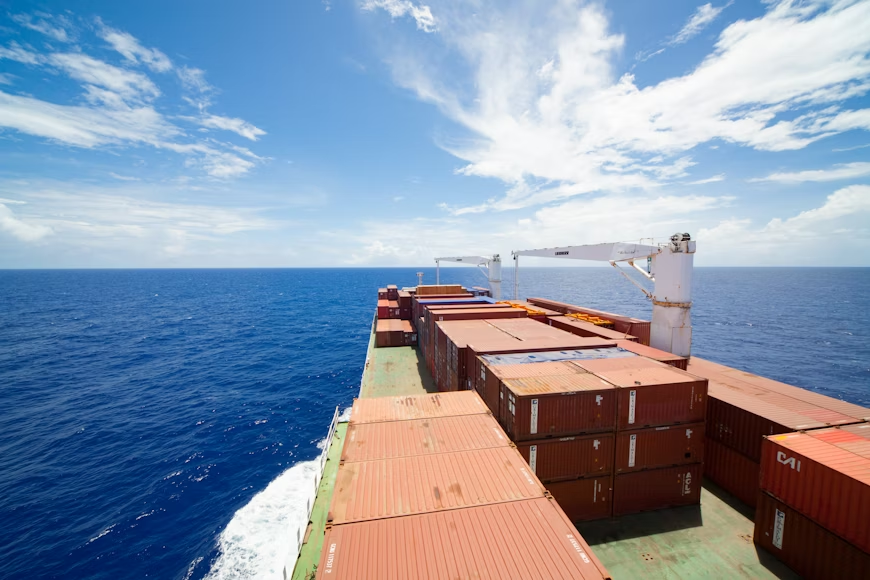For the second year in a row, the Mississippi River is facing a crisis as prolonged drought conditions have caused water levels to plummet, posing a significant threat to the transportation of grains as the harvest season approaches. The ongoing decline in river levels near Memphis, accompanied by record-low stages, has forced farmers to seek alternative transportation methods, highlighting the challenges faced by the agriculture industry.
The Dwindling Mississippi:
As of October 3rd, river levels near Memphis were approximately two feet lower than during the same period the previous year. Even more concerning, preliminary data indicates that the region reached an all-time record low stage last month, plummeting to -10.97 feet. The severity of the situation has led to saltwater intrusion into the river, prompting the Biden administration to declare a state of emergency due to the risk posed to drinking water supplies.
Mike Steenhoek, the executive director of the Soy Transportation Coalition, expressed his concerns during a recent Agri-Pulse webinar, stating, “Right now, when you look at our drought conditions in the United States, it’s very angry-looking. Any kind of precipitation that does occur will largely be absorbed by the ground. So unfortunately, we could see the issue become more concerning.”
Challenging Conditions:
Conditions along the Mississippi River are already as dire as, if not worse than, they were last year when stranded barges and surging spot freight prices made headlines. American Commercial Barge Line reported losing 16.5 boats per day during the week of October 6th due to deteriorating river conditions.
While freight rates have surged due to the challenging river conditions, factors such as lower export sales and proactive planning by barge companies and the U.S. Army Corps of Engineers may help prevent prices from reaching the peaks seen in the previous year. Nonetheless, as of September 26th, spot rates at St. Louis stood at $52.91 per ton, marking a 6% increase from the previous year and a substantial 115% surge from the three-year average, according to data from the U.S. Department of Agriculture.
Crucial Waterway for Grain Exports:
Approximately 60% of U.S. grain exports are transported on the Mississippi River to reach the Gulf of Mexico. Traditionally, the river’s low transportation costs have allowed American farmers to remain competitive against other countries, despite higher labor and production costs.
Challenges Ahead:
As barge prices continue to rise due to the challenging river conditions, farmers may be compelled to seek alternative destinations for their grain shipments or patiently await improvements in river conditions. The latter option would force them to compete with low-cost grain producers like Brazil.
In regions like the Upper Midwest, farmers have the option of redirecting their grain to domestic crushing facilities, particularly given the rising demand for sustainable fuel. However, in the South, where crushing capacity is more limited, the choices are limited to delivering to the river or delivering to the river.
Mike Steenhoek emphasized the importance of having alternative options, stating, “One of the lessons that was reiterated last year and certainly echoing this year is the importance of having [other] options.” As the Mississippi River faces an uncertain future, farmers and industry stakeholders must adapt to the complexities of a changing agricultural landscape to ensure the transportation of essential grains.
Discover comprehensive supply chain report news insights at The Supply Chain Report. For international trade resources, visit ADAMftd.com.
#MississippiRiverCrisis #DroughtImpact #GrainTransportation #USAgriculture #BargeChallenges #SoyTransportationCoalition #AgricultureIndustry #FreightRates #RiverConditions #SustainableFuel #GrainExports #USFarmers #WaterwayChallenges #AgriculturalAdaptation #SaltwaterIntrusion #StateOfEmergency #TransportationCrisis #USGrainExports #BargeIndustry

















